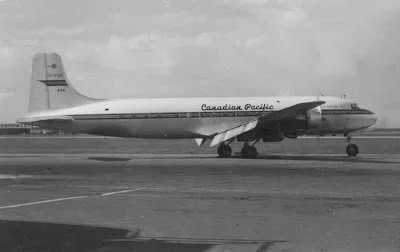This week, the Chronicles concludes the sad tale of Canadian Pacific Airlines Flight 21, British Columbia’s worst unsolved mass murder.
How is it, one might ask, that hardly anyone, besides journalists and family descendants, seems to know about it? Is 60 years that long ago? It’s almost as if many us have placed a statute of limitations upon memory.
While researching and writing this story several thoughts have come to mind.
Read More



















